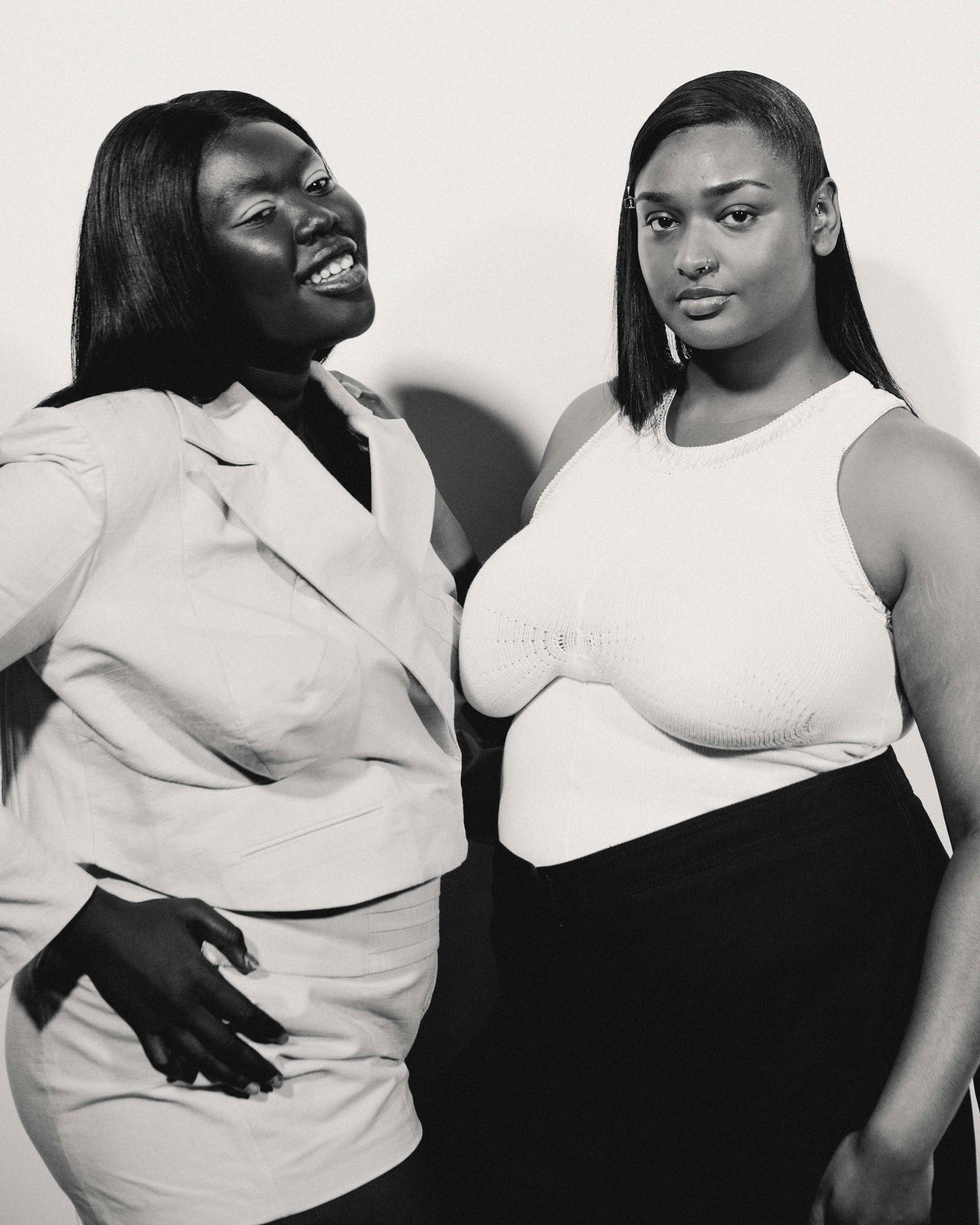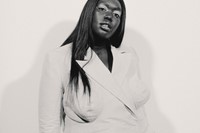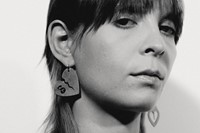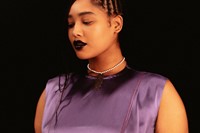“From the beginning, even within my sculptural practice, I was trying to open people’s eyes to the idea of a fit model dictating the actual shape of garments,” Irish-born designer Sinéad O’Dwyer explains ahead of her debut catwalk show at London Fashion Week for Spring/Summer 2023. “Now, the work is about interrogating archetypal items and thinking about our perceptions of what bigger bodies are supposed to wear.”
Ever since she launched her eponymous label in 2018, O’Dwyer has challenged the body dysmorphia inherent to contemporary fashion. Her motivations align with her contemporaries Michaela Stark and Karoline Vitto; a cohort of women designers defying restrictive perceptions of size and shape. O’Dwyer considers the emotional response of the wearer, as well as innovative techniques to design for larger bodies. Her practice starts with the model, rather than the garment, utilising a method developed at the Royal College of Art, where she presented silicone body casts as wearable art.
Now, these three-dimensional pieces are the starting point of her design practice, an inclusion of the conceptual into the practical. “We still use this one to develop the pattern”, she said, lugging over one of the mint green sculptures in her studio. The resulting garments are considerate of non-sample-size bodies, prioritising comfort and subversive design equally.
The opening looks of her S/S23 show saw classic white shirts tailored to show a natural breast shape, enhancing rather than squashing flat the flesh underneath, while on the runway, her cast were a spectrum of shapes, sizes, skin tones and abilities; a group of women brought together by O’Dwyer’s carefully considered approach. “It felt so empowering,” a model in a cobalt blue stretch net skirt and matching jumper said backstage after walking the show. “We all said to each other before we went out, we felt unity between women.” Here, in her own words, O’Dywer discusses the emotional impact of truly diverse design.
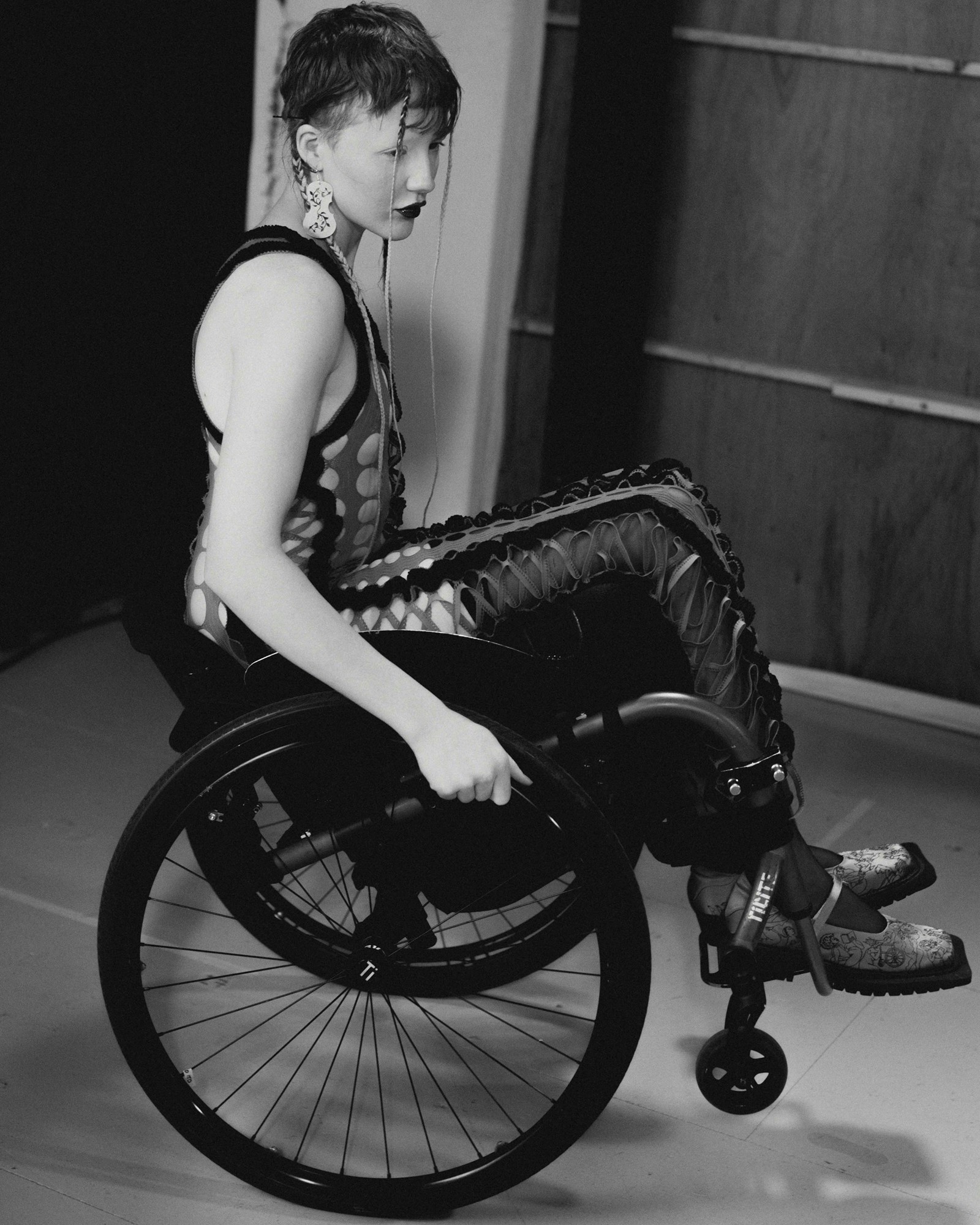
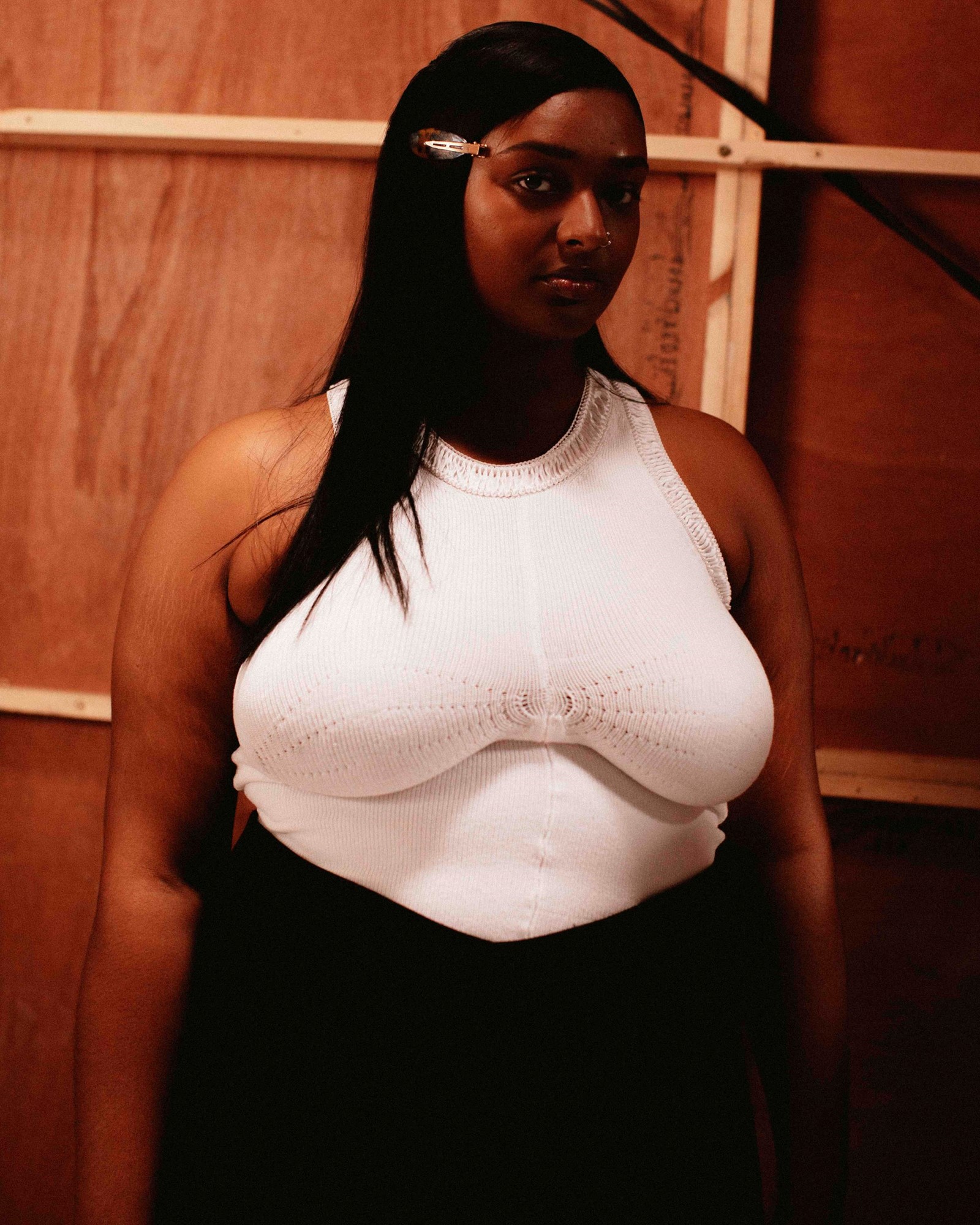
“When luxury fashion completely excludes the majority of people, I think it has a really big mental health impact. Through my own realisation that I really struggled with body dysmorphia and eating disorders myself, I understood that a really powerful aspect of that was access to garments that make you feel like you're part of luxury fashion. It’s all very well to say ‘be comfortable in your skin’, but if you can’t find the things that you see everyone else wearing, and you can’t get those sort of silhouettes because no one’s designing for you, then that has a really direct impact. As much as you love yourself, you want to buy a certain type of thing and it doesn’t exist. It sends a direct message – I’m not important, I’m not considered luxury, because no one’s bothered to design for me.
“When luxury fashion completely excludes the majority of people, I think it has a really big mental health impact” – Sinéad O’Dywer
“Often when garments are made for fat bodies, or bodies with big boobs, it’s either super hourglass, super bumpy, or like a tent, erasing the curve. For me, it’s about creating a really strong silhouette. I often reference shirting and tailoring that I feel usually isn’t available, especially for a really big bust. I’m not erasing the bust, not erasing the bum or the thighs – instead, I create space within the pattern for them.
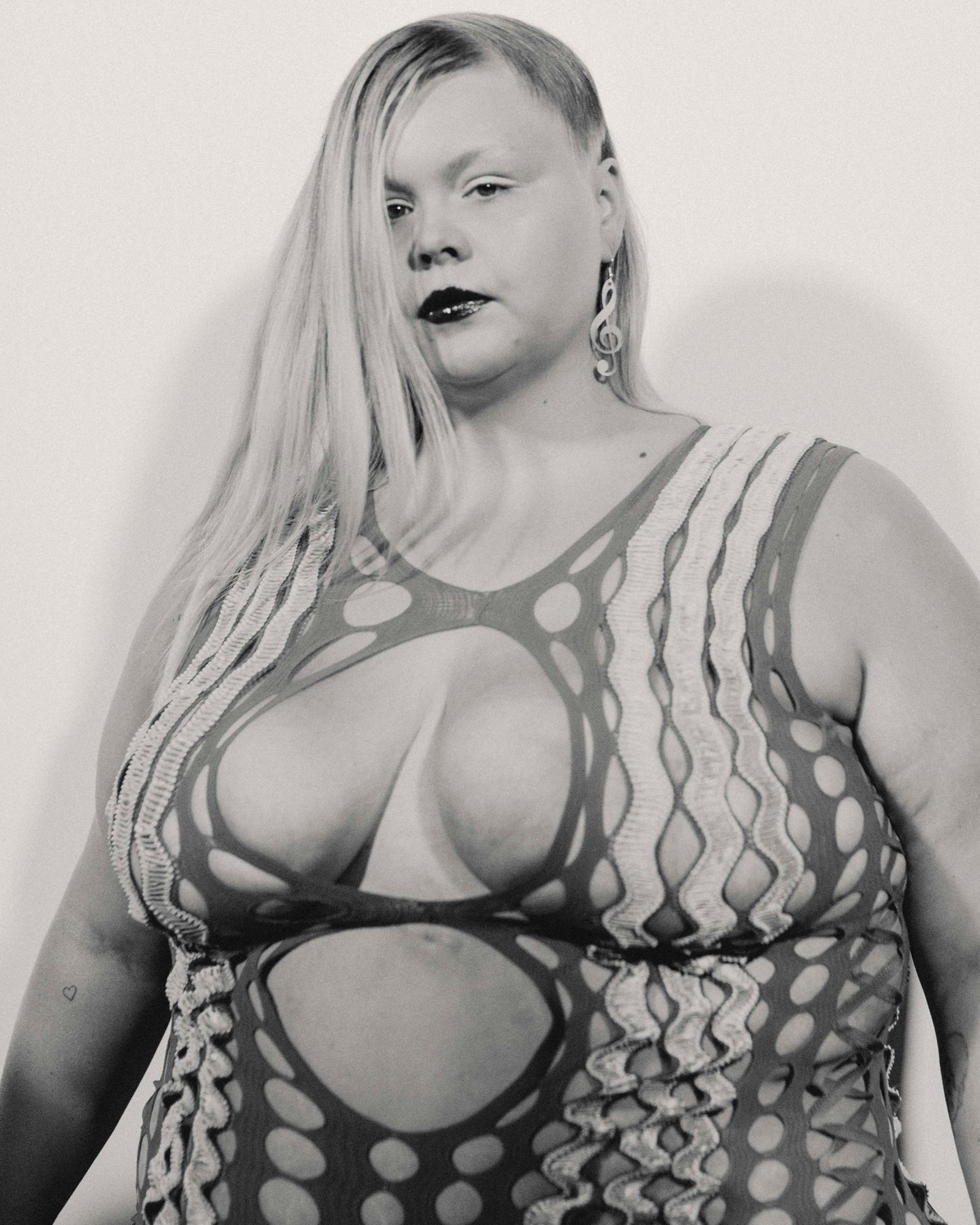
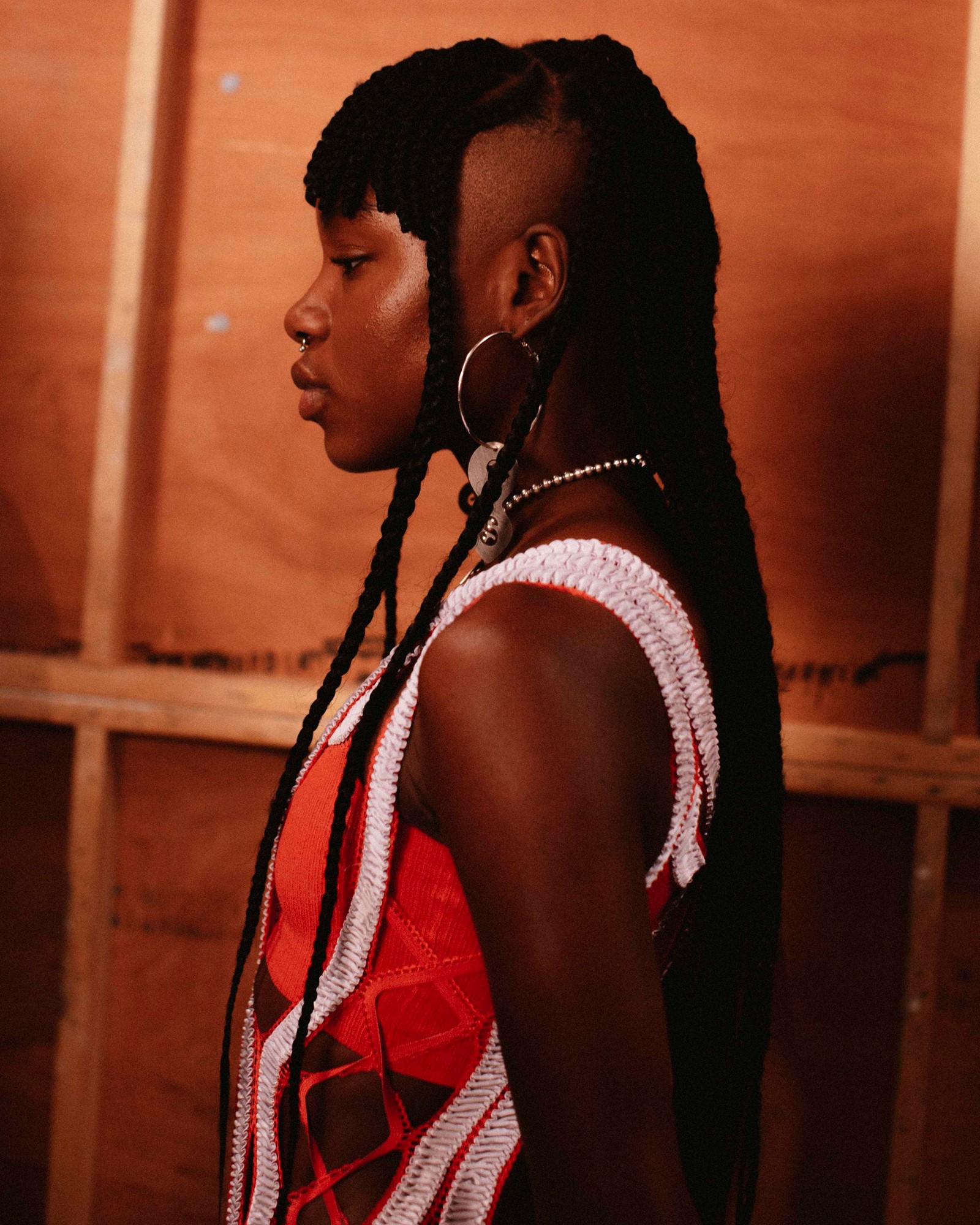
“When you look at a grading book, you can see that proportionately you can’t just make everything bigger if the shape of the body changes. As a body builds fat, the shape changes. When I went to the grader for the first time, the lady there – she has been grading for 30 years – was like, there’s no way I could grade this down to a size 8. And there’s no way that we could grade this up to a 20, you just wouldn’t have the right proportions. That’s why it’s difficult for designers to have a wide range of sizes if they have limited budgets, but also why it is important for there to be different brands offering different bodies different options.
“For casting, I work with Emma Matell. She’s really amazing at finding interesting street cast models, as well as working with agencies. I’m excited about all our models, but particularly Emily Barker. They’re a disability activist and model who uses a wheelchair, and they happen to be in Europe, so they’re going to come and be in the show. We have a few quite mixed abilities, as well as a mix of sizes.
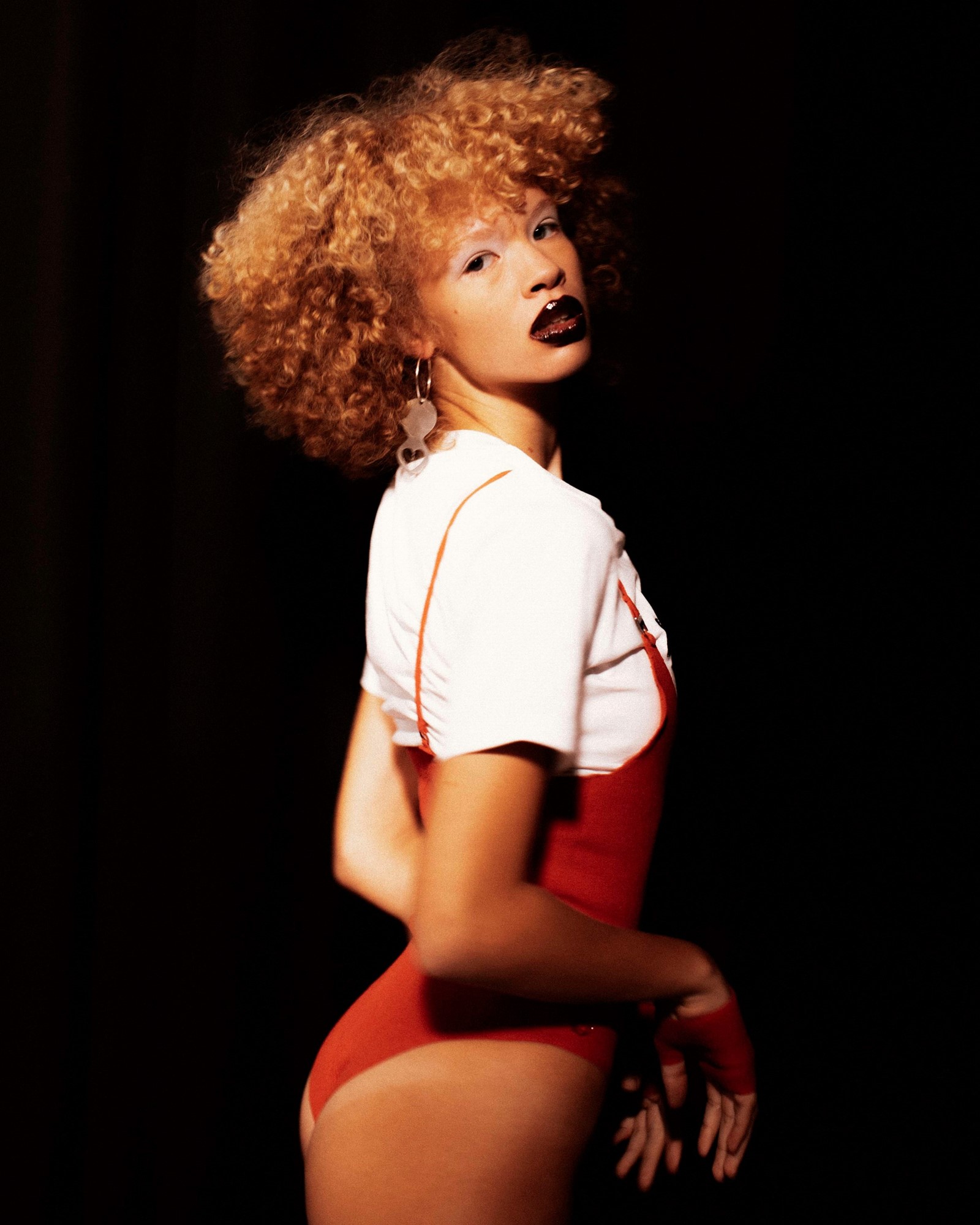
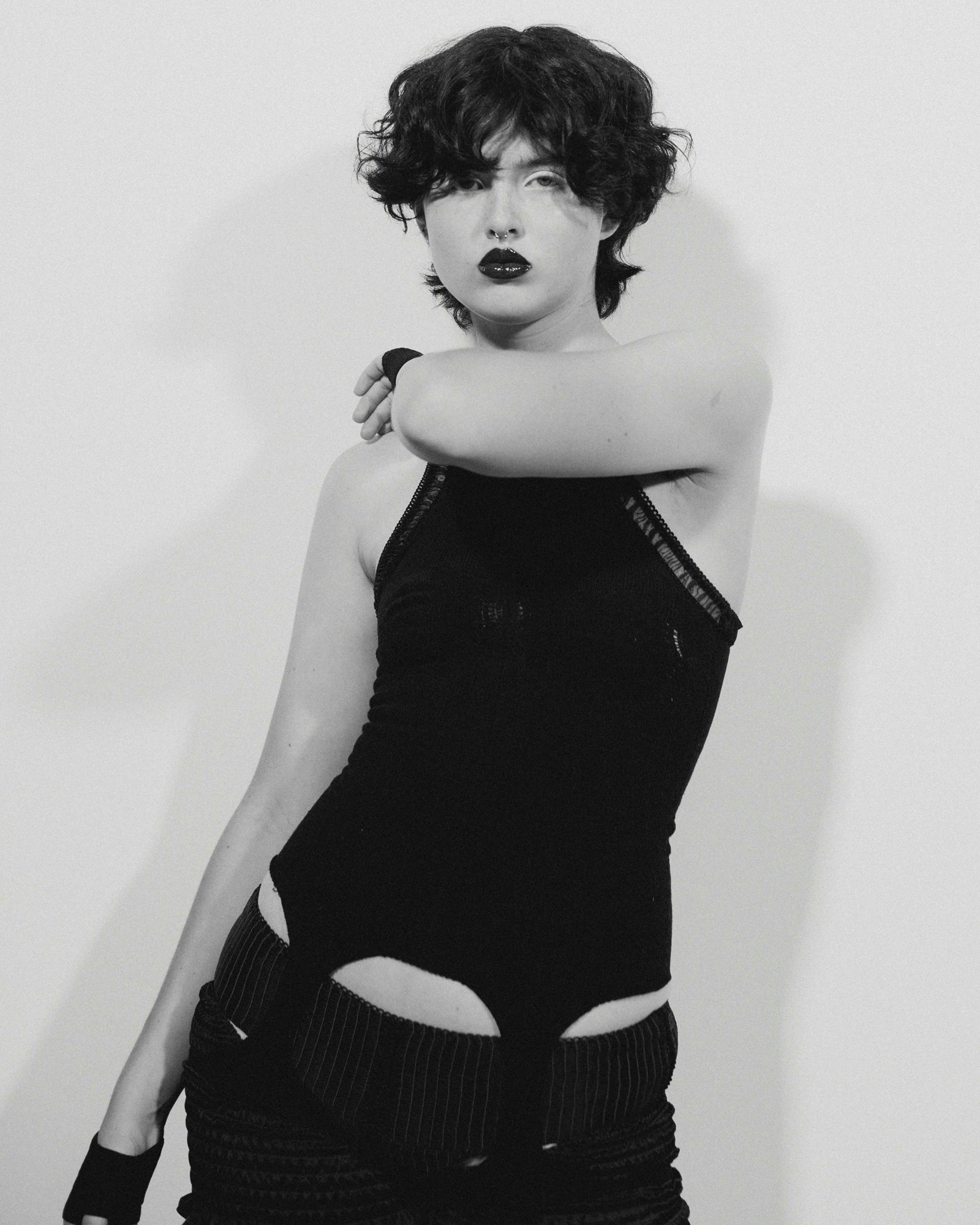
“When I have fittings, my fit model always says, ‘Oh, I never get to wear these sorts of garments, oh, I never get to wear a trouser like this, this is never made for me.’ I think there’s so many garments that have just not been developed or designed for sizes 20+ or even just from size 14 onwards. So many designers still don’t even sell any garments past size 12. I’m not saying I’m offering everything, because it’s impossible. I’m just saying, I’m offering this, which is different to what’s currently on offer.”
